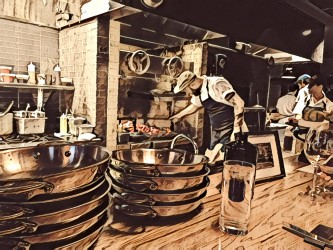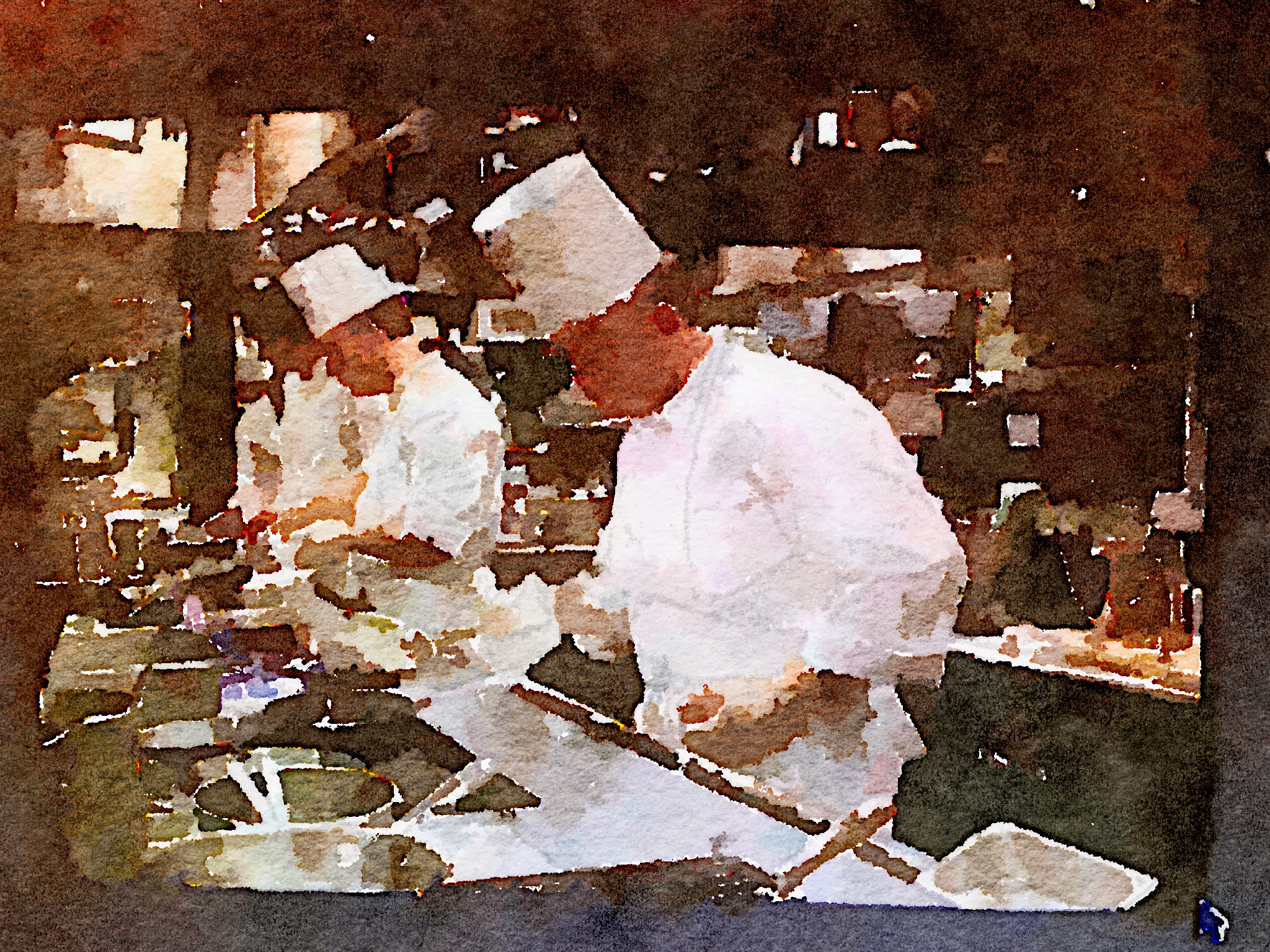
There is so much angst and uncertainty among the restaurant community right now. Should we reopen when the green light is given? What precautions need to be in place to protect our staff and customers? How will we survive if we are required to live with 25% or 50% of normal capacity? Will customers return, or will they shy away from any contact with groups of people? The common realization is that things will be different and we need to change.
Change is too often implemented based on need or fear of not moving in a different direction. Sometimes change happens just to push the envelope and stand out as being different. In reality – change out of necessity is rarely accompanied by the passion to do so, and being different does not mean that you are good at what you do – sometimes you are just different. Neither one of these reasons seems to make business sense, yet they do fit in with the theory that failure to change is a sure sign of failure.
Right now, the restaurant industry and those who work within it feel the pressure for change. We don’t have a choice – right? Profits are slim, employees may be reluctant to return, the fear of the virus is looming, the food distribution system is heavily bruised, and customers are cautious. We need to change.
According to Bill Buford in his newly released book “Dirt”: The late Chef Michel Richard of Citronelle Restaurant often quoted the French Pastry Chef Gaston Lenotre, who stated: “You can change anything as long as the result is better than the original.” This is a powerful and very important statement that should become a rallying cry in 2020. Change must occur because the crisis before us demands it, but change need not be only reactionary. The question that precedes moving in a new direction must be: “How can we change and make the situation, the experience, and/or the product better than what it was?”
I don’t have the answers because they will always be unique to each property or situation, but you can find the answers. As you contemplate re-opening your restaurant operation in the near future – pull your important stakeholders together (chef, owner, manager, sous chef, cooks, service staff, and loyal customers) and put these questions on the table:
- We will need to rearrange our dining room space to adhere to physical distancing – how do we build a dining experience around this to give comfort, warmth, trust, great technical service, and enjoyment? Is there a way to make the overall dining experience BETTER than it was?
- If we are required to reduce our capacity to 25 or 50% of what it was, how can we be financially successful and how can our service staff make a respectable living? How can we make the financial results for our restaurant and service staff BETTER than it was before?
- If we need to reduce the size and breadth of our menu, how can we keep the product choices exciting and enticing? How can we make our menus smaller, yet BETTER than they were before?
- If we need to downsize the number of cooks in our kitchen because of a reduction in restaurant capacity and menu breadth, how can we make the job of cooking attractive and lucrative? How can we make the employee experience BETTER than it was before?
- Without a vaccine for the virus and with constant words of caution about engaging in social environments, how can we create a compelling reason for customers to return? How can we make the feeling of trust in customer safety BETTER than it was before?
- If we decide to ramp up our business presence as a “to go” or delivery operation, how can we increase volume to make it financially lucrative? How can we make the “to go” experience BETTER than it has been and comparable to our dine-in experience before the pandemic?
The same applies to all facets of the food business – from culinary education to farming, from distribution to catering, and from contract food operations in business complexes to theme parks with thousands of potential visitors every day. Change is required, but change to make things BETTER is the only formula for success.

Striving for excellence and making decisions based on being the best that you can be will always set your operation apart from the competition. This is an exciting prospect that can convert much of the pressure of change out of necessity to change as an invigorating opportunity to improve in all areas.
One of the ironies of change is that it is never confined to you and your operation. Any change that you make – positive or negative – has implications for all other connected businesses. Your need to create a BETTER, more limited menu for your restaurant will put your vendors in a position to consider positive change. Any decision to change restaurant capacity and make the experience different and BETTER will have an impact on landlords, neighborhood dynamics, advertisers, and those in the business to help create safer environments. And any change in the number of employees in your kitchen and the skill set that they must possess to fit in with your improved work environment will impact the economics of a community and the quality of life for those who choose to work in kitchens.
All this being considered – make sure that your change decisions are well founded in critical thought – thought based on improvement rather than just reaction. Change for the right reason is a roadmap to recovery.
PLAN BETTER – TRAIN HARDER
We are in this together
Change to make things better
Harvest America Ventures, LLC
COMING SOON: Watch for our new collaborative podcast with The Center for Advancement of Foodservice Education (CAFÉ).
DIRT – A novel by: Bill Buford

Leave a comment